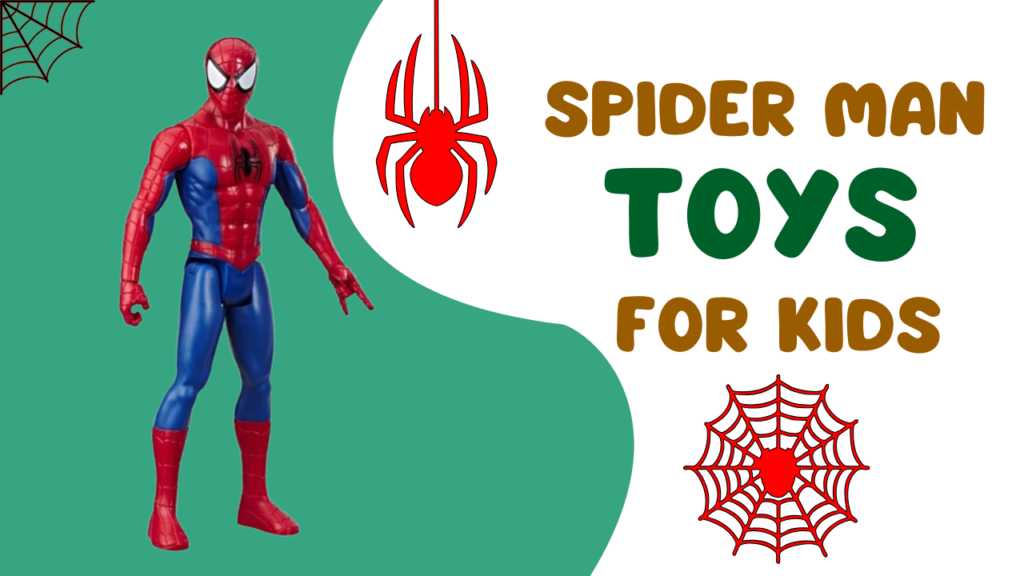In the world of children’s toys, the evolution of technology has led to the introduction of sonic toys, offering a fresh and engaging experience for young minds. These innovative toys are designed to stimulate a child’s senses, spark their imagination, and create interactive learning experiences, all through the magic of sound. Whether it’s through sound effects, sonic vibrations, or music, sonic toys are becoming an increasingly popular choice for both parents and children alike.
In this article, we will explore:
- What are Sonic Toys?
- Benefits of Sonic Toys
- Types of Sonic Toys
- How Sonic Toys Impact Child Development
- Choosing the Right Sonic Toy
- Top Sonic Toys to Consider
1. What Are Sonic Toys?
Sonic toys are electronic or mechanical toys that use sound or vibrations as a part of their functionality. These toys can range from simple noisemakers to high-tech interactive devices that incorporate sonic frequencies, musical notes, and sound effects to engage and entertain children. The sounds produced by these toys can vary, offering everything from calming melodies to energetic beats, or even animal noises.
For example, some sonic toys emit sounds that help babies or toddlers associate particular noises with different animals, objects, or actions. Others are designed to react to a child’s voice or movements, creating a more immersive and personalized play experience.
What sets sonic toys apart from traditional ones is their focus on auditory stimulation, which can enhance a child’s engagement and learning. This sensory aspect also helps build awareness and connection between what children see and hear in their environment.
2. Benefits of Sonic Toys
Sonic toys offer several advantages, making them a valuable tool in a child’s developmental journey. Here’s how these toys can benefit children:
Sensory Development
Sonic toys are excellent for promoting sensory development in young children. They allow babies and toddlers to explore sounds and textures, which plays a crucial role in the development of their hearing and auditory processing skills. Babies, in particular, are drawn to toys that make noises because they are naturally fascinated by sounds.
Improved Communication Skills
Many sonic toys encourage children to speak, listen, or even mimic sounds. This helps build their language skills, as they begin to recognize patterns in sounds, words, and speech. For example, toys that prompt children to repeat animal noises or sing along to a song can be a fun way to encourage early language development.
Cognitive and Emotional Development
Sonic toys that involve cause-and-effect relationships—such as pressing a button to make a sound or playing a song after a specific action—help children develop problem-solving skills and an understanding of how their actions affect the world around them. This also boosts their self-confidence and emotional awareness as they learn to control their environment.
Promotes Creativity
The interactive nature of many sonic toys encourages children to use their imagination. Whether it’s creating stories with sound effects or using musical toys to compose their own tunes, these toys foster creative expression. Music-based sonic toys, for example, introduce children to the joy of rhythm and melody, stimulating both their creativity and motor skills.
Social Skills Development
For older children, some sonic toys are designed to be played with others. Games or musical instruments that involve multiple players help build social interaction, teamwork, and communication. Sonic toys can thus help children develop strong social skills through shared play.
3. Types of Sonic Toys
Sonic toys come in many shapes, sizes, and functionalities. Here are some common types:
1. Musical Sonic Toys
Musical toys are among the most popular types of sonic toys. These toys teach children about sound, rhythm, and melody while offering endless fun. Musical toys often come in the form of toy instruments, such as pianos, drums, xylophones, or guitars. These toys can create a symphony of sounds, and children often enjoy experimenting with different tunes.
2. Sound-Activated Toys
These toys respond to sound, whether it’s a clap, a voice, or a certain frequency of noise. Sound-activated cars, for example, might zoom forward when they hear a clap or shout. Similarly, some toys, like talking dolls, can respond to a child’s voice, repeating words or even holding a conversation.
3. Sonic Robots and Animals
Another popular category is sonic robots and sonic animals, which are programmed to make sounds when interacted with. These toys often mimic real-life animals or robots, reacting to touch, motion, or sound. For instance, a sonic robot dog might bark or wag its tail when the child calls its name or taps it.
4. Interactive Storytellers
Some sonic toys are designed to bring stories to life. These interactive toys feature sound effects that complement storytelling. Children can press buttons to hear different parts of the story, often involving dialogue, music, and sound effects that enhance the narrative.
5. Sonic Learning Toys
These toys are built to support early learning. They often feature sounds that relate to numbers, letters, animals, or shapes, helping children learn while they play. For example, a learning tablet might make sounds when the child selects a particular letter or number, reinforcing knowledge and concepts.
6. Sound Sensory Toys
Sensory toys, particularly those aimed at infants and toddlers, help them develop auditory recognition. These toys can make a variety of soothing or playful sounds, such as music, nature sounds, or whimsical noises. Such toys are designed to engage a child’s hearing and soothe them when they feel restless.
4. How Sonic Toys Impact Child Development
Sonic toys play a significant role in a child’s overall development. Here’s how:
Motor Skills
Interactive sonic toys, such as those with buttons, levers, or sliders, encourage children to use their hands and fingers to interact with the toy. This enhances their fine motor skills and hand-eye coordination.
Cognitive Development
As children learn to use sonic toys, they understand the connection between cause and effect. For example, pressing a button to activate a sound or triggering a noise when performing an action helps children connect their movements to results, reinforcing cognitive development.
Auditory Awareness
Sonic toys help children sharpen their auditory awareness. Listening closely to different sounds helps children differentiate between various pitches, tones, and rhythms, supporting auditory processing and learning to listen attentively.
Emotional Regulation
Certain sonic toys, like those that play calming music or soft nature sounds, can be great for helping children regulate their emotions. Music and sound are known to have a calming effect, and these toys can be used to help soothe a child when they are feeling upset or stressed.
5. Choosing the Right Sonic Toy
When selecting a sonic toy for a child, it’s important to consider a few key factors:
Age Appropriateness
Ensure the toy is suitable for the child’s age and developmental stage. For younger children, look for toys with simple, soothing sounds. For older children, consider interactive toys that engage them with more complex sound effects and activities.
Safety and Durability
Choose toys that are made from safe, non-toxic materials. Given that sonic toys can sometimes include batteries or electronic components, it’s important to select toys that are sturdy and designed to withstand rough play.
Educational Value
Opt for toys that offer educational value, such as those that teach numbers, letters, or animal sounds. This ensures that while children are having fun, they are also learning.
6. Top Sonic Toys to Consider
Here are a few popular and highly recommended sonic toys for children:
1. VTech Musical Rhymes Book
This interactive book teaches children classic nursery rhymes, with sounds that bring each story to life. It’s perfect for younger children and supports early language development.
2. LeapFrog My Pal Scout
This adorable stuffed dog plays songs and responds to the child’s voice, making it an ideal interactive toy. It can also be personalized with the child’s name, favorite songs, and more.
3. Fisher-Price Laugh & Learn Smart Stages Chair
This chair is more than just a seat—it’s a learning tool! It plays music, teaches about shapes, colors, and animals, and offers fun sound effects.
4. Little Tikes Sing-Along Stage
For aspiring performers, this toy is a mini stage that plays music and features a microphone, allowing children to sing along to their favorite tunes.
Conclusion
Sonic toys provide a unique and exciting way for children to engage with the world around them. With their focus on sound and interaction, these toys not only entertain but also help children develop important sensory, cognitive, and social skills. Whether it’s through music, sound effects, or interactive features, sonic toys offer endless possibilities for learning and fun.
So, the next time you’re shopping for a toy, consider adding a sonic toy to your collection. These toys promise to provide hours of entertainment, learning, and growth for your child! 🎶🎉



